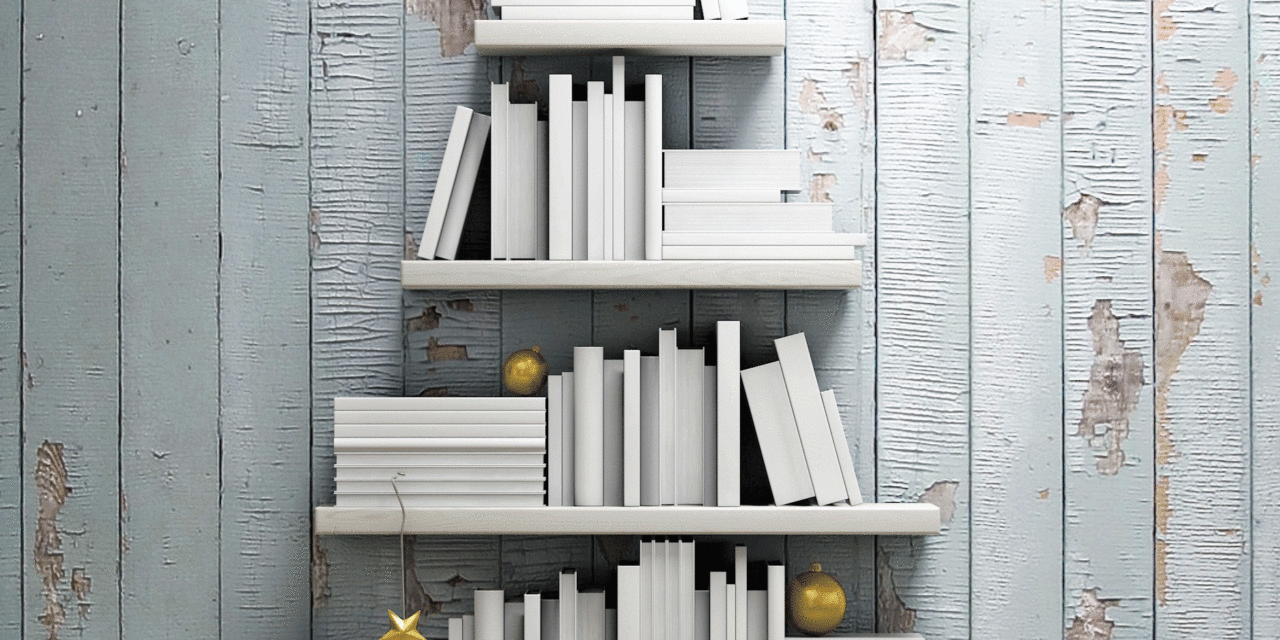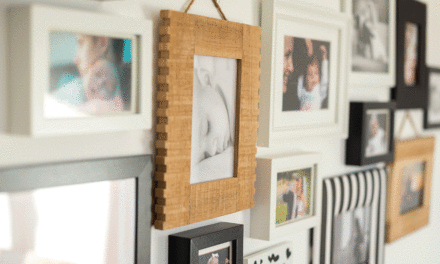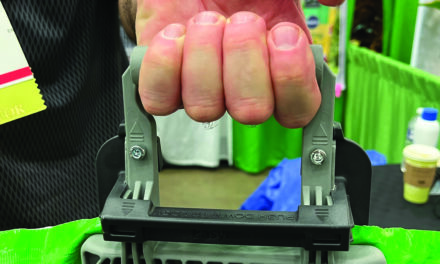By Charlene Marcum
For many, the fondest Christmas memories are made going to the tree farm with my family and selecting our Christmas tree.
The smell of freshly cut fir, spruce and pine evergreens and the selection process for “the perfect tree” heralds in the Christmas season like no other.
While many families still hold to this tradition, the times they are a’changing.
The first artificial Christmas trees, made with goose feathers dyed green, were developed in Germany during the 19th century. Over the years, other styles of artificial Christmas trees evolved and become popular.
In 1930, the Addis Brush Company created the first artificial Christmas tree made from brush bristles.
The aluminum Christmas tree, manufactured in Chicago, made its debut in 1958. Artificial trees became increasingly popular during the late 20th century.
Other trends have developed in the early 2000s as well. Optical fiber Christmas trees were developed and one Dallas-based company offered a “holographic mylar” tree in multiple hues.
Tree-shaped objects made from such materials as cardboard, glass, ceramic or other materials can be found in use as tabletop decorations.
Environmental concerns, safety features and longevity all influenced the rise of the artificial Christmas Tree.
Sales figures from the National Christmas Tree Association show that throughout the years, Americans have preferred real verses artificial Christmas trees. In 2016 Americans purchased 27.4 million real Christmas trees, while only 18.6 million artificial trees were sold.
Originating in the 1960s, engineer and architect, Lawrence Stoecker, designed the first Modern Christmas Tree from cardboard. Re-emerging at the Denver Modernism show in 2011, the Modern Christmas Tree was a hit. Since then, the tree has been photographed in some of the most important Mid-century Modern homes in the United States. Over the years the tree design was refined, moving from cardboard, to Masonite, to Plexiglas. Today the trees are designed in a range of acrylics.
The material of the Christmas tree has also evolved, from the living evergreen to recycled materials as unconventional as used hubcaps.
Today it seems like anything goes. The trees can be single or multi-dimensional; free-standing, table topped or hung on walls.
Here are some of the alternatives that have been more popular recently:
• Wine corks: for the wine enthusiast a lovely tabletop tree can be created using a small wood or metal tree frame filled with corks. The tops of the cork can be painted in Christmas colors representing ornaments;
• Book trees made from a collection of your favorite classics, sets of old encyclopedias or a favorite author creates a lovely edition;
• Fabric trees made from, ribbons, tulle, lace, doilies or country calico;
• Feathers dyed in bright colors such as pink, fuchsia and green or natural like peacock feathers with the eye arranged as ornaments;
• Aluminum is still popular from the manufactured to the use of recycled materials;
• Twigs and branches painted and frosted in glitter and crystals for an icy effect are popular;
• Poinsettias stacked and arranged in pots to configure the triangular Christmas tree form;
• Norfolk Island Pine is especially convenient for small spaces and apartments;
• Bicycle parts make a beautiful large tree with the wheels emulating ornaments;
• Mountain Dew Tree made from bottles and cans of Mountain Dew soda;
• Glass, ceramic, CDs and tiles can be arranged in a tree placed on a wall or free standing; and
• Wood planks, shelves, sticks and driftwood create unique forms especially for the beach home.
Regardless of the material, ornaments, tinsel and lights complete the design be it traditional of modern.







